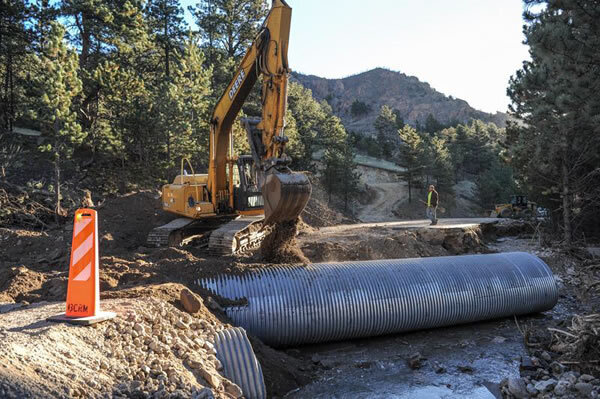Resilient Design Performance Standards in Boulder County
The Takeaways
Coming together to form a collaborative can help build community and advance resiliency planning on a larger scale.
The Resilient Design Performance Standards allow Boulder County communities to define long-term time-to-recovery goals that are adaptable to specific hazards and each community’s needs.
By incorporating resiliency into the design, infrastructure throughout the county will be better poised to withstand future shocks and stresses, allowing communities to recover faster after a disaster event.
The Case Study
The September 2013 floods caused significant damage to communities throughout Boulder County. In response to this disaster event, the communities formed the Boulder County Collaborative to collaboratively develop a path for recovery from the floods, as well as to serve as a body to acquire and implement Community Development Block Grant - Disaster Recovery (CDBG-DR) funds from the U.S. Department of Housing and Urban Development. Over the winter of 2015-2016, the Boulder County Collaborative and additional stakeholders worked with consultants from CollinsWoerman to develop resilience performance goals, accompanied by a new resilience performance standard, for community facilities and infrastructure throughout Boulder County. Improving infrastructure resiliency will help Boulder County communities to be better situated to minimize damage to infrastructure and critical facilities and recover faster from shocks and stresses.
The Boulder County Collaborative set forth on developing Resilient Design Performance Standards. The Resilient Design Performance Standards allow Boulder County communities to define long-term time-to-recovery goals that are adaptable to specific hazards and each community’s needs. By incorporating resiliency into the design, infrastructure throughout the county will be better poised to withstand future shocks and stresses, allowing communities to recover faster after a disaster event. Though the Standards were originally developed for CDBG-DR projects, the Boulder County Collaborative envisions it being adaptable and scalable to other types of projects. The City of Boulder has already applied it to the Wonderland Creek Greenways Improvement Project, and the City of Longmont plans on applying the resiliency performance standards to regular capital improvement projects.
Developing the standards was a learning process for everyone involved. Here are some lessons learned from the project team:
Work with engineers and design professionals.
Allow flexibility in the criteria.
Explain technical jargon in simple terms.




